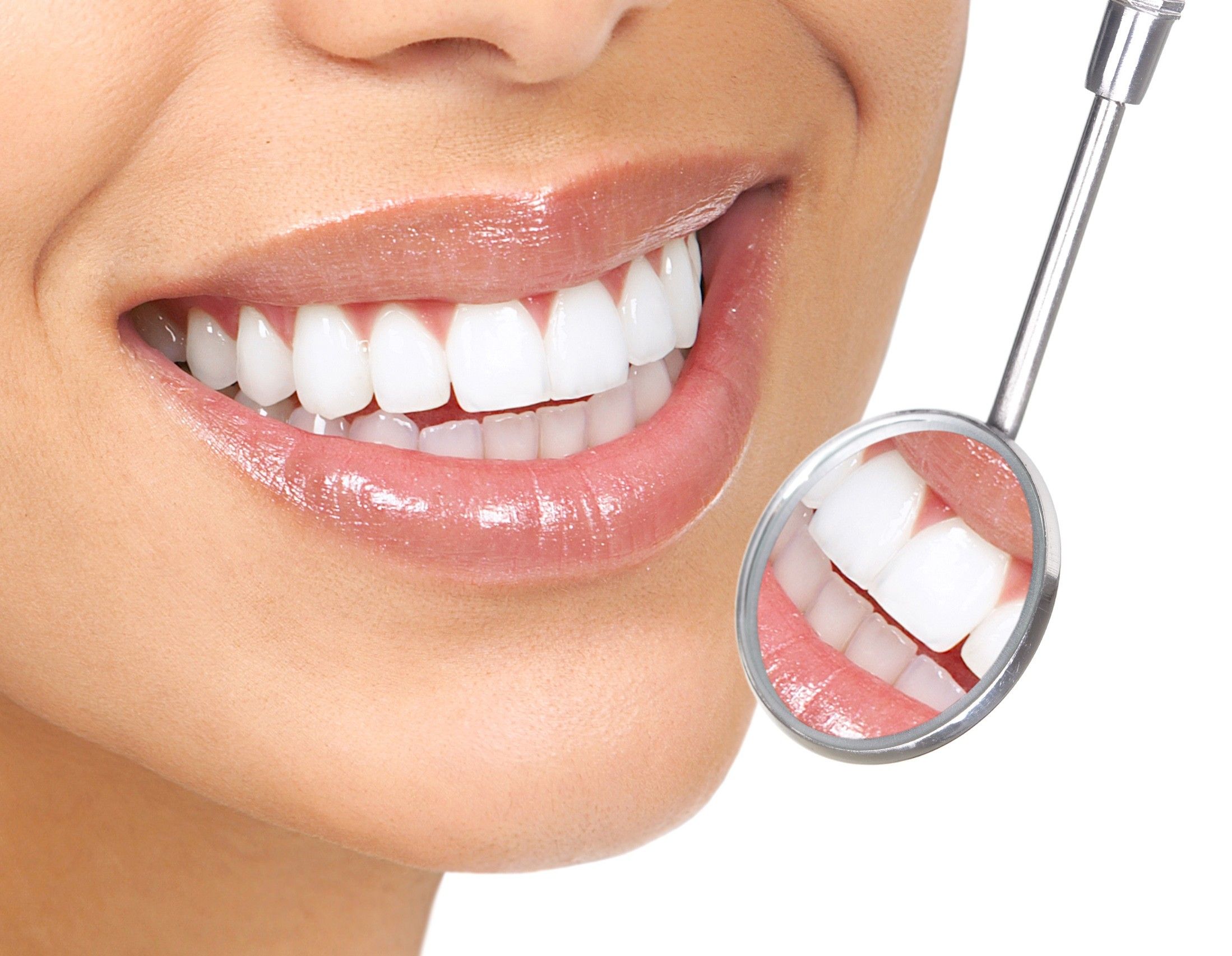CEREC is an acronym for Chairside Economical Restoration of Esthetic Ceramics. It is also a mnemonic for “ceramic reconstruction.” This branch of dentistry was originally developed by W. Brandestini and W. Mormann. Developed in 1980, the main objective of dental CEREC restorations is to improve the appearance of a person’s teeth. Restoration is done with the help of a professional CEREC machine. The machine itself consists of a very powerful computer that functions as a tool for restoring the teeth. For people who have decayed or damaged teeth, the dentist may use the machine in order to repair the damage.
How Does it Work?
The first step is to set an appointment with your dentist. The process of CEREC restorations is pretty complex and quite expensive. That is why the technique hasn’t become very popular as yet. However, the process itself is a significantly better option than getting dental fillings. The difference between silver dental fillings and restorations with a CEREC machine is that the machine uses tooth-colored ceramic. Since porcelain is used to repair the damage, the teeth look more natural.
There are many other advantages of getting your teeth restored with the help of a CEREC machine. For starters, CEREC restorations require much fewer injections, less time and significantly less drilling. The dentist will first examine your teeth and decide whether a restoration is needed. If it is needed, the dentist will start preparing your teeth for the restoration.
Once the teeth have been prepared for the restoration, the dentist will create an optical impression with the help of a separate machine. The optical impression will then be inserted into the restoration machine. The machine will automatically design and create the tooth filling for the damaged portion of your tooth. The whole process is completed in the dentist’s office. However, it is not completed in a single appointment.
The Technology
The CEREC machine comes with an acquisition unit, a 3D software program and a milling unit. The acquisition unit consists of a powerful computer and a special camera. The camera is used for taking a picture of your damaged tooth and creating a three-dimension model. The milling unit is used to create the porcelain filling, veneer or crown.
The dentist uses a special block of ceramic that resembles the texture of your teeth for the restoration process. Rather than sending the impressions to another lab for testing and the creation of the filling, the dentist can do it all in-house. In a couple of sittings, the cosmetic appearance of your teeth will be significantly improved. To date, more than seven million restorations have been done by dentists across the globe. For more information visit Cascades Center For Dental Health.



